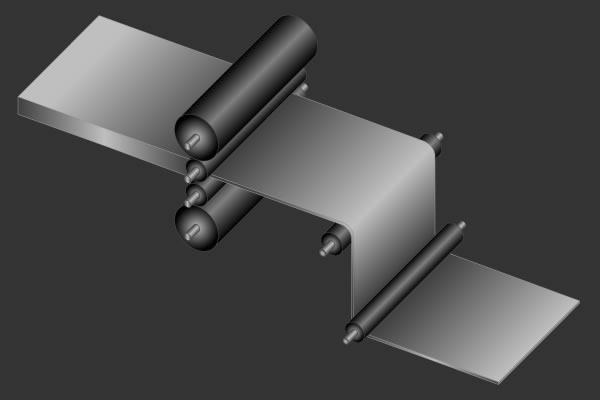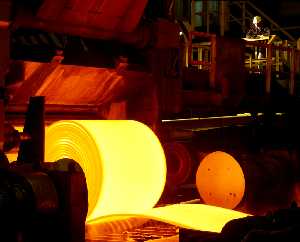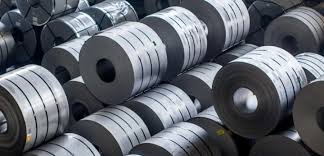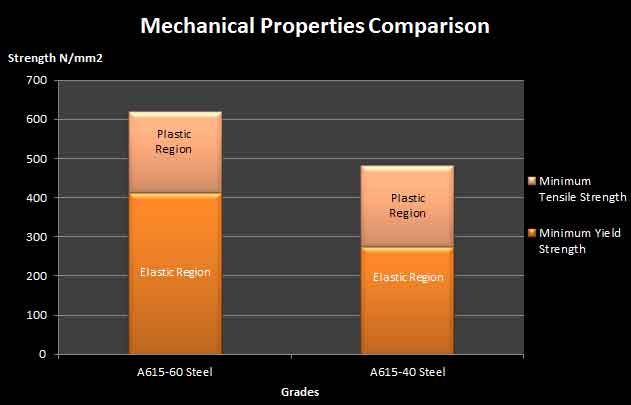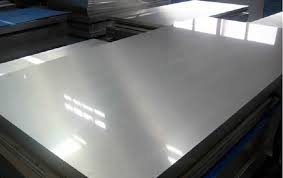Importance of Automatic Gauge Control In Metal Rolling
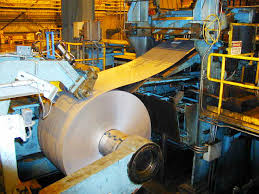
Rolling Process: Metal Sheets which are widely used in several engineering applications are formed through the process of rolling. The rolling process is carried out by two heavy rollers between which the metal stock is passed. The rolls apply force on the metal stock to flatten it into sheets. Rolling can be done when the metal is hot, known as hot rolling or when it is at room temperature known as cold rolling. The thickness of the sheets is the defining feature in this process since different thicknesses are required for different applications.
Importance of Automatic Gauge Control: In most cases the thicknesses are very small and require high accuracy. Even small variations in thicknesses can have a large impact especially for very thin sheets such as 38 gauge sheets which are only 0.18 mm thick. To achieve a constant thickness across the sheet, it needs to be monitored closely and controlled using a series of sensors and controls. This type of system is called an Automatic Gauge Control System.
Components of Automatic Gauge Control: Automatic Gauge Control systems are complex electromechanical systems which use hydraulic systems to adjust the load applied on the rollers to increase or decrease the gap between the rollers. The system consists of sensors placed at the entry points and the exit points of the sheet in the rolling mill. These sensors measure the speed of the sheet and the thickness which is relayed to a PLC which controls the hydraulic actuators to vary the required roll gap.



